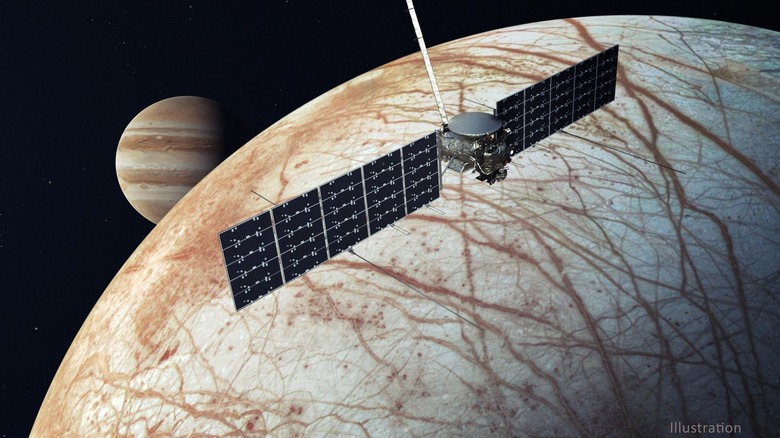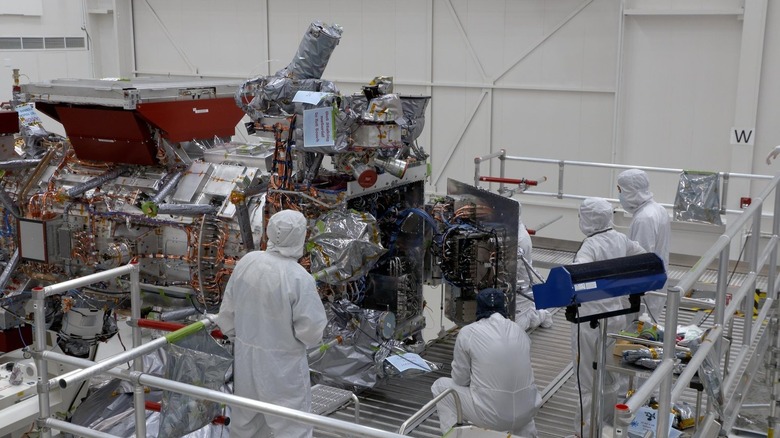Here's How NASA Protects Its Spacecraft From Dangerous Radiation
When spacecraft take off from Earth's surface, they have to withstand all sorts of intense conditions. There are the extreme vibrations and acoustic conditions of the launch, then the variations in temperature which can swing between very high during launch or landing and very low when in the emptiness of space. They must be able to withstand the vacuum environment of empty space and journeys that may take years for deep space missions.
But one significant danger to spacecraft is something entirely invisible: radiation. Here on Earth, we are protected from cosmic radiation thanks to the planet's magnetosphere, but once a craft leaves low-Earth orbit, it is subjected to relatively high amounts of radiation which can disrupt electronics and decay materials.
This is a problem for deep space missions and those entering high-radiation environments, such as the one around Jupiter. The upcoming NASA Europa Clipper mission will be traveling to the planet's system to investigate the moon Europa, which is thought to host a saltwater ocean beneath a thick, icy crust. That makes it one of the most intriguing locations in the solar system to look for potential evidence of life or habitability.
Europa Clipper is scheduled to launch in 2024 and travel to the Jupiter system over six years. In 2030, it will go into a wide orbit around Jupiter and use its instruments including imagers, spectrometers, and radar to study Europa when it passes, investigating the moon and its subsurface ocean. But to perform its research, the Europa Clipper spacecraft will need protection from radiation.
How to protect a spacecraft from radiation
The Europa Clipper spacecraft needs particular protection from radiation because of the environment around Jupiter. It has a strong magnetic field, 20,000 times stronger than Earth's, and this field spins as the planet does. That rapidly rotating field traps charged particles, which produces bands of strong radiation.
"Jupiter has the most intense radiation environment other than the Sun in the solar system," said the co-chair of the Europa Clipper Radiation Focus Group, Insoo Jun of NASA's Jet Propulsion Laboratory. "The radiation environment is affecting every aspect of the mission."
Orbiting in a wide orbit around Jupiter instead of orbiting Europa itself will help avoid some of this radiation, but the spacecraft still needs extra protection. Its most sensitive parts are the electronics, which are contained within a half-inch thick aluminum vault which shields them from the radiation.
"The vault is designed to reduce the radiation environment to acceptable levels for most of the electronics," said Jun.
Studies have found that while aluminum is effective as radiation shielding, some more effective shields could be made up of multiple layers of different materials, such as metals like molybdenum. The issue for space missions is always one of weight, as thick metal shielding is heavy, and launching mass into space is demanding and expensive.
The issue of radiation shielding will only get more important as humans are sent on future deep-space missions, as it is dangerous to people as well as to electronic systems. Some of the ideas being tested out for protecting future astronauts include radiation shielding vests, using Martian soil as radiation protection, or sending crews to underground locations where they would be safer from radiation than on the surface.

